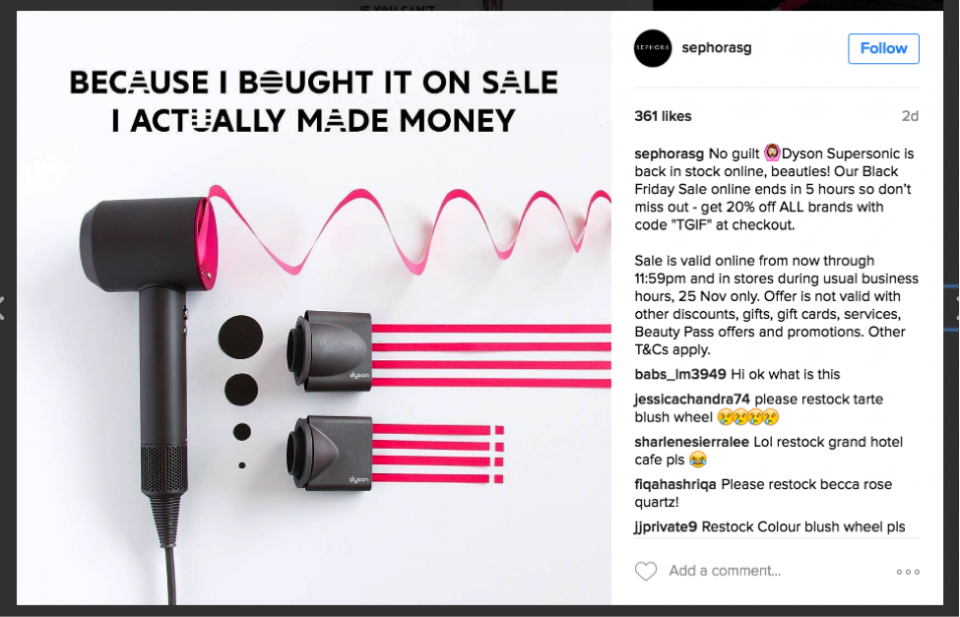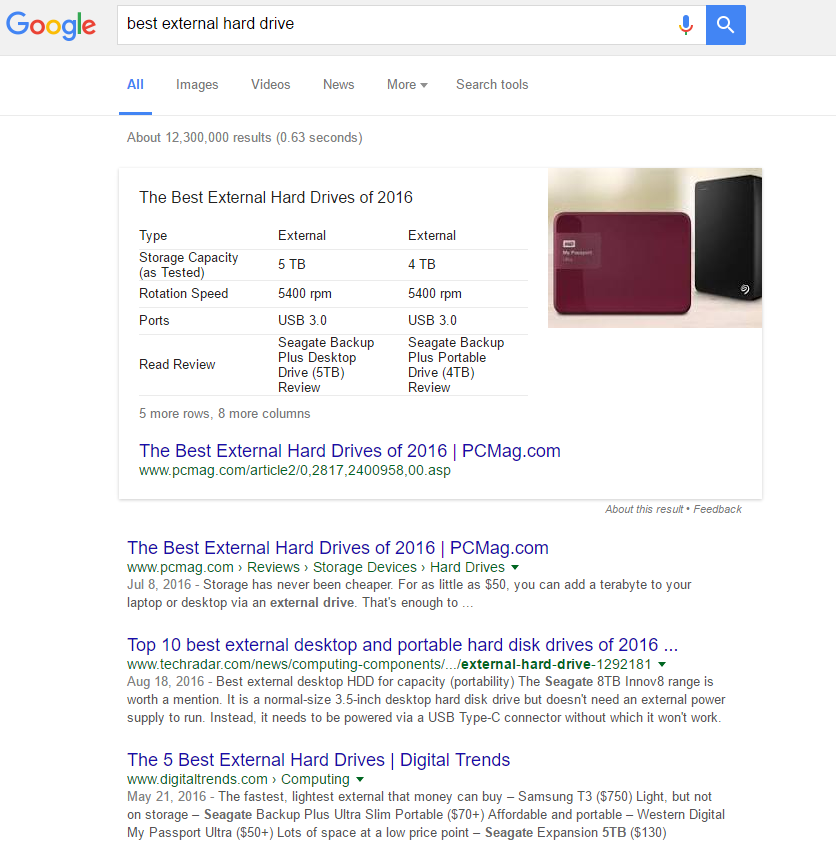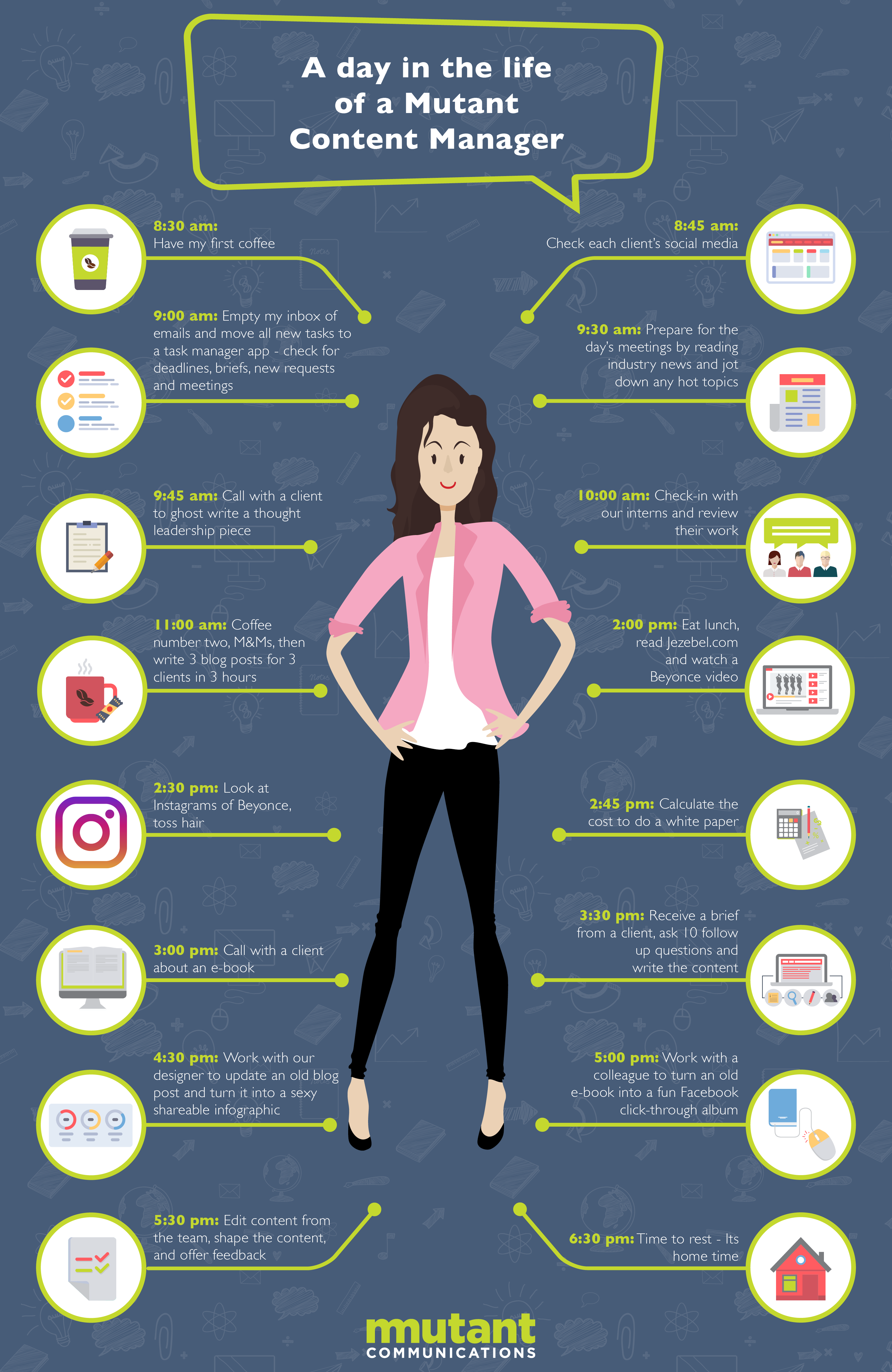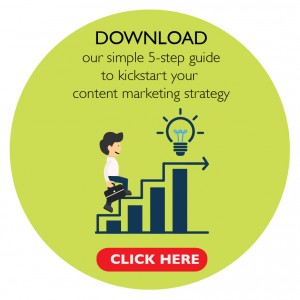2017 has arrived, and that means another year of content that needs to be planned. For tech B2B companies, it should go without saying that your company blog is important for generating leads, engaging and retaining your community, or simply letting people know the lights are on. On a broad level, not much changes, but every year brings its own quirks. So how do you plan blog content for 2017? Here’s some key trends to keep in mind:
More people are looking at you on mobile
This varies from company to company, so check your Google Analytics to see how many people are reading your blog from mobile. If it’s more than 30%, start cutting content down to size. No point being verbose if it makes people swipe away.
Mobile-friendly also means thinking about how to handle content other than text. Widescreen formats still work, but important details or text should be viewable even when shrunk down to 4 inches wide.
Your site should also be mobile friendly – it’s easy bonus points for ranking better on Google. Use Google’s Mobile-Friendly Test to make sure your content works well on mobile. But please, draft your content on a keyboard. Being typo-free goes a long way towards looking professional.
Hedge your traffic sources
It’s 2017, so write for humans first. Robots should always come second, but don’t forget about them.
Facebook will never stop tweaking their ranking algorithms, so don’t expect what works today on Facebook to work forever. Because of Facebook’s endless changes, 2016 saw the prolific collapse of a number of clickbait-like sites, and plenty of collateral damage at respectable news outlets. Fake news looks likely to follow, but I’d like to hope we’re all honest people here ☺. Of course, Facebook is still a valuable source of traffic, but a sustainable strategy means looking beyond the gold rush.
On the Google front, the search engine continues to update its ranking algorithm, aiming to prioritise original content that makes people stay, read and share. Focus on interesting content, and don’t forget to support it with meta tags, and just a smattering of keywords in the right places.
Ideally, traffic should come from a combination of social, search, back links and dark social. If a single source accounts for more than half your referral traffic, think of how to diversify and buffer against algorithm changes.
Go live
Consider live content to make your posts more visible. Videos streamed ‘in the now’ do not just rank higher on Facebook and Twitter, they also give you a reason to repeatedly post related Tweets and photos to stay visible and hit different hashtags for the duration.
This tactic works best when you actively go out and network. Attend (or organise) events with a huge following, meet reputable people and tag them in a photo. Leverage their following to reach a new audience. Bonus points if you can feature them in your content and they share it. Offline activities boost your online presence – who’d have thought?
Plan it out
When you’re ready to start making your content calendar, click below for a free content template. This is based on the very same template we use to plan client content throughout the year. On the “content calendar” tab, you can plan your posts to make sure a regular stream of content goes out every week. On the “report” tab, a pivot table has already been created, where you can filter by month or content type to make sure you have the right balance.
If you need any help with your 2017 content marketing efforts, drop us a note at [email protected].










